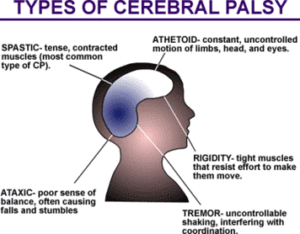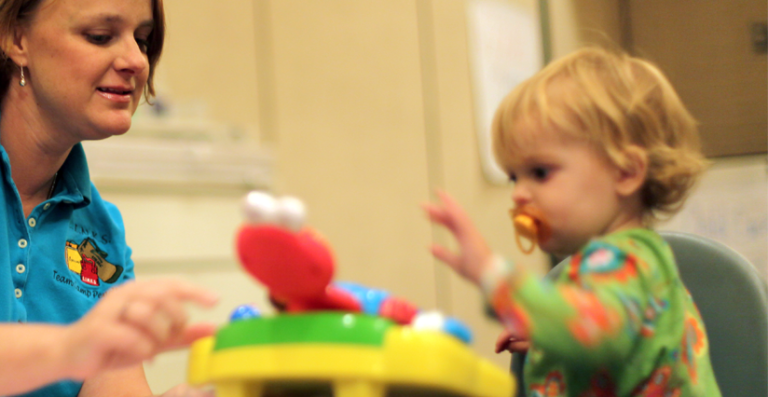

By using radiation pressure, it is possible to create deeply localized stress in biological tissue which generates shear waves.

Shear wave elastography is a promising approach to characterize mechanical properties of soft tissue. An inversion algorithm is used to recover the shear modulus map from the spatio-temporal data, and the first experimental results obtained from tissue-equivalent materials are presented. The geometry has been chosen both to enhance the sensitivity and to create a quasi linear shear wave front in the imaging plane. The vibrating device is made of two rods, fixed to electromagnetic vibrators, that produce in the ultrasonic image area a large amplitude shear wave. In this paper, we present a novel apparatus that contains a LF vibrating device surrounding a linear array of 128 ultrasonic transducers that performs ultrafast ultrasonic imaging (up to 10,000 frames/s) and that is able to follow in real time the propagation of a LF shear wave in the human body. It involves the measurement of the displacements induced by the propagation of low frequency (LF) pulsed shear waves in biological tissues.

In previous works, we have shown that time-resolved 2-D transient elastography is a promising technique for characterizing the elasticity of soft tissues. Some abnormalities are found outside this range, and thus, elastographic measures of the placenta may provide useful assessments related to the state of the tissue. The preliminary results indicate that normal placental tissue on the fetal side has shear wave speeds on the order of 2 m/s, in a range similar to those of animal livers. In this model, the placenta is living, whole and maintained within normal physiologic parameters such as flow, arterial pressure and oxygen, throughout examination by ultrasound, Doppler and shear wave elastography. This study uses a well-developed protocol for perfusing whole placentas, post-delivery, to maintain tissue integrity and function for hours. Despite the widespread use of ultrasound imaging and Doppler in obstetrics and gynecology and the recent growth of elastographic technologies, little is known about the biomechanical (elastic shear wave) properties of the placenta and the range of normal and pathologic parameters that are present. The placenta is the critical interface between the mother and the developing fetus and is essential for survival and growth.


 0 kommentar(er)
0 kommentar(er)
